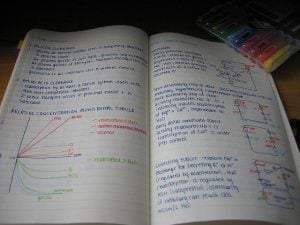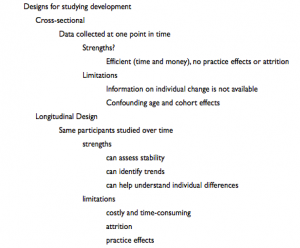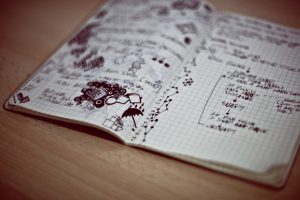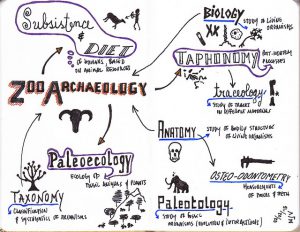Visual learners are those who really need to see things laid out in order to learn from them. Charts and graphs are examples of these; whereas a verbal learner can pick up on the same information just by reading/hearing about it, visual learners do better seeing the information in a way that involves seeing it in space (which is why they are also called visual-spatial learners). Being able to see how different information relates to each other in space helps retain that information. An example might be using a timeline to study historical events in your field rather than attempting to memorize dates by rote. By forming a picture of how different events relate to each other, learning becomes easier.
So what does this all mean for your college career? If you are a visual learner, there might be some struggles early on. Not every professor presents information in a way that each learning style works best with. However, you can do a lot to help yourself by figuring out which study tips and tricks work best for you. Even among the same learning type, different methods are going to work better for different people. Here are some suggestions to get you started.
Color Code Your Notes

Flickr user Wendy
Pack your highlighters, it’s color time! Color coding your notes creates a color association in your mind. By linking important concepts, historical data, definitions, and personal achievements by color, you can recall those links better. An example might be Freud’s development stages (no longer used in the psychology field, but hey, we had to start somewhere). You can link the five together using one color, or you could follow ROYGBIV to remember the order they go in, and that’s just two options.
You can also consider writing your notes in different colored inks. With the plethora of colored pens out there, this enables immediate differentiation without having to trace with a highlighter.
Shape Your Notes Like An Outline

Courtesy of Ellen Andersen
This was my favorite way to take notes. Some professors do this with their PowerPoint slides already; some will not. By organizing information with indentations, you create a visual representation of how information nests inside itself. You can apply this to your textbooks as well as your lectures. This visual subdivision helps to see how larger concepts are related to specific ones.
Incorporate Pictures or Doodles Into Your Notes

Flickr user Tiago Pereira
Sometimes the best way to remember your notes is to make them memorable by doing something fun! Creating picture associations is certainly a way to do this. It adds another dimension to your notes, kind of like creating an outline, only instead of remembering the larger concept, you recall that the info about dwarf planets was next to a picture of a dwarf character from LoTR or the Hobbit. There are also studies that suggest that doodling while taking notes (especially circles) helps students retain information better. Or rather than having the English word for dog on one side of your flashcard, you have a picture of a dog and whatever the foreign language word for dog is on the other.
Make a Concept Map

Flickr user MJ Valente
This is similar to creating an outline in that you are linking larger ideas and concepts to more specific information. When reading a book for literature classes, for example, you could create one centering on the whole book, with spokes for individual chapters, which then have spokes for characters introduced, events that happen, etc. You can also use them as flowcharts for cyclical things, or how historical events affect what’s happening now.
—
Use College Raptor to discover personalized college matches, cost estimates, acceptance odds, potential financial aid packages from schools around the country, and more!


